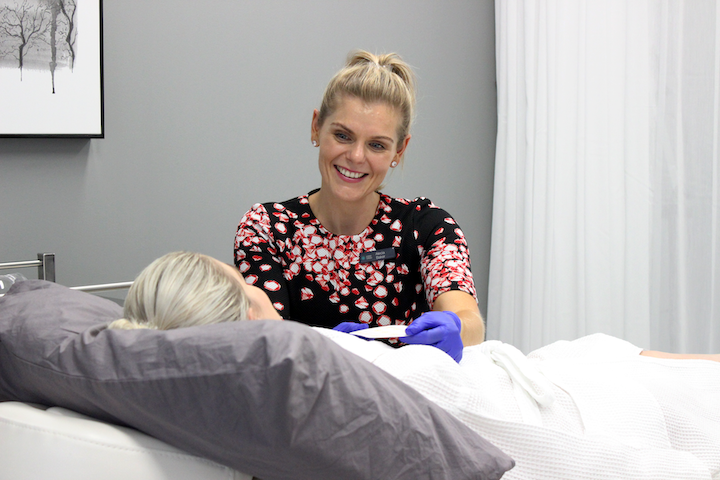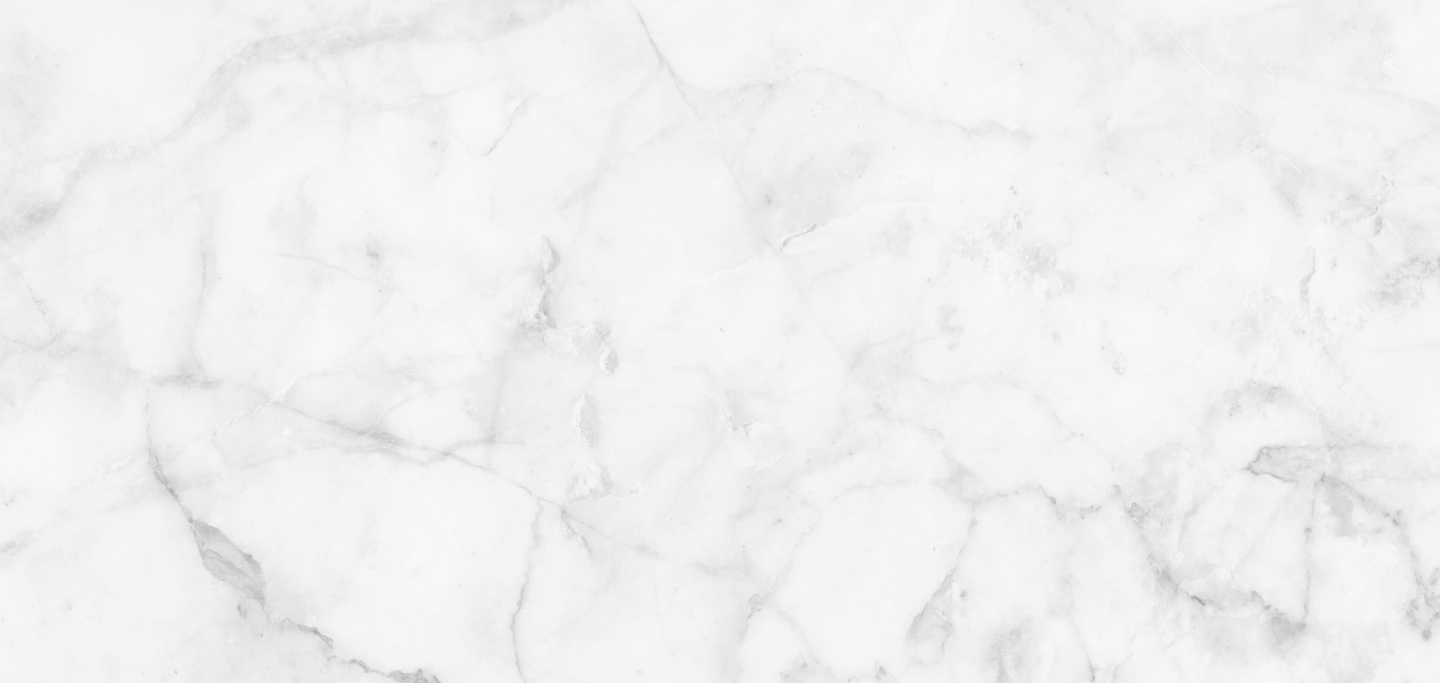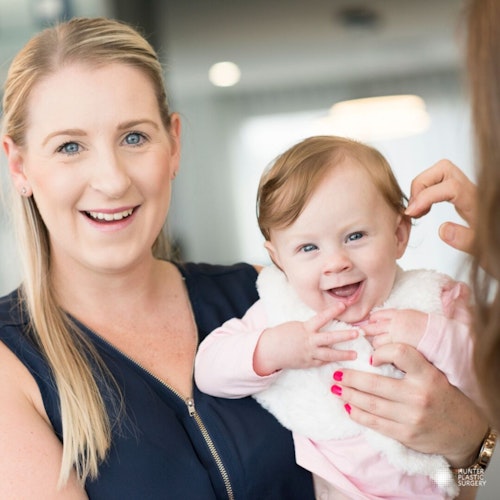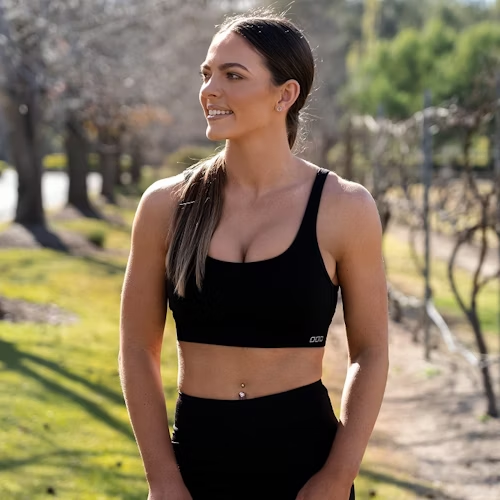All of our patients receive comprehensive written pre and post operative instructions in our unique Plastic Surgery Planner when they book surgery. But of course, there are specific FAQs about dressings and discharge that come up for our patients following surgery. Read on to find out more.
When will my drains come out?
As outlined on Page 12 of your Plastic Surgery Planner, drains are very important after surgery such as tummy tucks or larger breast reductions. They help to remove excess fluid that would otherwise build up and potentially open up your incision lines. Dr Moncrieff generally approves removal of drains when they are producing less than 40ml of fluid in 24 hour period. They can be removed in our clinic at your scheduled post operative visit or your GP can remove them.
My drain site is leaking... Is this normal?
Yes! It is not uncommon to experience some leakage around the drain site. If this occurs, you can use an absorbent dressing to reinforce the existing dressing. The most important thing to note here is whether the drain itself is still collecting fluid. If you notice your drain does not seem to be collecting fluid, please alert the hospital staff or our nursing team after discharge.
Once the drains are removed, you may still have some fluid escape through the drain site. This is completely normal and will subside over the following days.
What if my dressings get wet?
Dressings are vital for several weeks after surgery and while our Nurse will change them during your initial post operative period, they will generally stay on until around 6 weeks.
While most initial dressings are water resistant, they MUST not be subject to large volumes of water. For the best scars and results, avoid getting them wet at all before the first dressing change at 2-3 weeks by limiting washing to a use of a damp cloth (or very shallow bath for breast patients just up to the groin area). We know this is a challenge but it can make a big difference to wound healing and how noticeable your scars will be. A trip to the hairdresser for a wash and blow dry will help you feel more normal during this period.
If you feel you must have a shower please made it's a quick one (after any drains are removed), avoiding getting your dressings wet by going in backwards and not allowing the water to run down your front. Note this does not apply to patients who have had procedures to the back, who should stick to cloth washes.
If the dressings do get wet then pat dry with paper towel and then get a hair dryer set to cool and gently remove the excess moisture. It is important they are fully dried as wet dressings can lead to wound breakdown and infection.
I think I'm having a reaction to my dressings.. what can I do?
A small number of patients will have a reaction to the tapes and dressings. A true reaction creates a large area of redness and/or large numbers of red spots.
Many other patients have a completely normal reaction which presents as much fewer red dots and it more of a 'sweat rash' from the garment and being immobile. If you are concerned, you can send an email to to us using the details on Page 13 of your Plastic Surgery Planner.

Here is an example of a patient with a severe reaction to her dressings for reference.
My dressing is coming loose.. what should I do?
Please just reinforce the existing dressing with tape from the chemist. Micropore tape is a good choice and only a few dollars for a small roll.
I have discharge from my dressing.. what should I do?
It is VERY normal to have a small amount of discharge from your dressing. Often the initial blood and fluid will darken in the days following surgery and make patients worried, but this is very normal.
What is more concerning is if large amounts of fresh (bright red) blood or other fluids start to discharge. That is time to contact us, using the details below.

Here is an example of a patient 3 weeks post breast reduction with Dr Moncrieff. This patient was concerned about dark ooze built up under her dressings across both breasts. This was just a build up of old, dry blood. Once removed, her incisions were clean and dry.
My fat grafting/liposuction sites are looking red, bruised or discoloured - is this normal?
Bruising and staining across fat grafting/liposuction sites is very common after surgery. Bruising typically peaks 2-3 days after surgery and appears deep purple/brown in colour. Bruising begins to clear (often softening to a more yellowish appearance) within 2-3 weeks. Some patients will experience more of a red cast across their fat grafting/liposuction sites where capillaries have broken and the top layer of skin has become stained. This process can take up to 8 weeks resolve - see example below. If redness is accompanied by heat, pain, fever or other symptoms, or if you are unsure, please reach out to our nursing team for review.

Here is an example of a patient with skin staining one week post fat grafting.
How can I contact you?
During workdays - please just call 4920 7700. If you want us to see a photo of an area you have questions about, you can email the photos first to the email address on Page 13 of your Plastic Surgery Planner. Please don't wait until the weekend - if you are concerned about something during the week, please contact us then when it is easier to review your photos and get you in if needed! Please note our Nurse is only onsite 2-3 days a week but if the matter is urgent, we will escalate it for you.
If you have a question on the weekend or at night:
- If you have an urgent concern, such as unexplained redness and heat near the site of surgery or feeling very unwell, please contact the hospital where you had surgery for further instructions.
- If you are feeling very ill, please attend your local Emergency Department or GP.
- If the matter is less urgent, please email our team (using the email address on Page 13 of your Plastic Surgery Planner) and we will review it on the next working day.
Our dedicated blogs for more FAQs after breast and body surgery:
- Minimising scars
- Why you can't smoke after surgery
- Caring for your surgical drains
- Managing your surgical compression garments
- The emotional rollercoaster after plastic surgery
- Recovering from a tummy tuck
- Post-surgery bloating and swelling
- Tips to bounce back sooner from surgery (including nutrition and rest)
- Wearing a stabiliser (for some breast augmentation patients)
- 'Drop and fluff' after breast augmentation
- Do I still need to wear a bra after breast surgery?
- When can I exercise after surgery?
- Are stretch marks normal after breast augmentation?
- Getting the best long term results from plastic surgery (including weight stability and pregnancy after surgery)
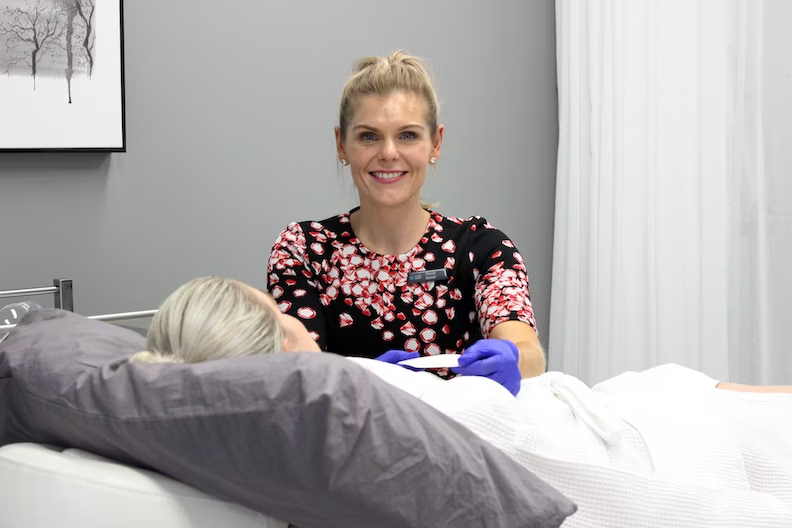
Blog Author:
Alecia Baker, Practice Nurse, Hunter Plastic Surgery
About Alecia
Alecia joined us as our Practice Nurses in 2018. She is a Registered Nurse with extensive experience in nursing and patient management in some of the busiest hospital settings in the Hunter! She really cares about helping our patients become healthy and happy. Her kind and calm manner help them feel comfortable during their journey with us.
